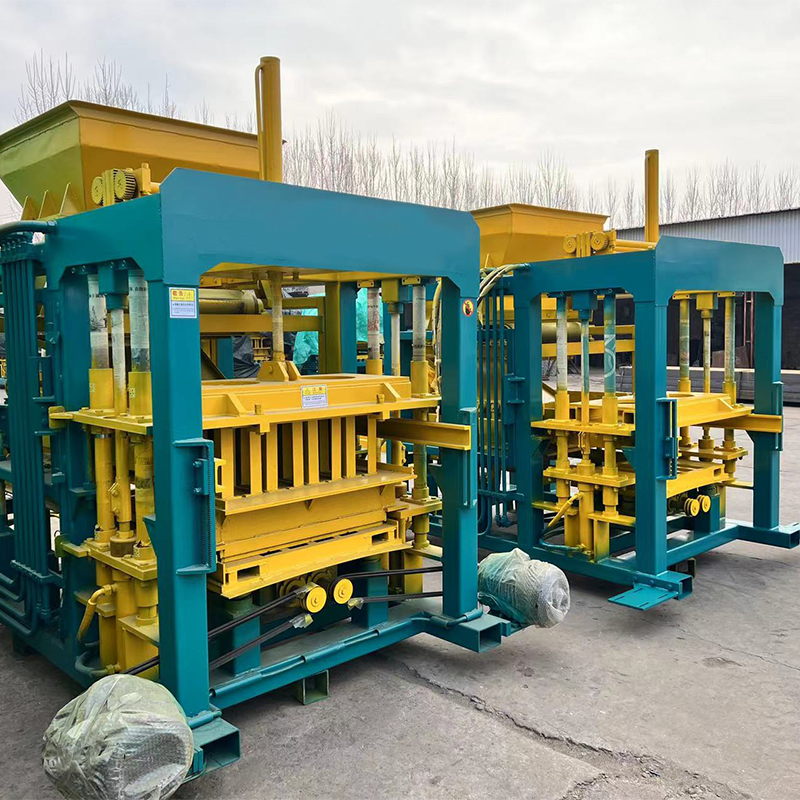
In the ever-evolving landscape of construction, innovations in technology have continually shaped the way we build.
From humble beginnings where bricks were handcrafted, the realm of brick manufacturing has experienced a remarkable transformation.
At the forefront of this transformation are the innovations in automated brick making machinery.
This essay explores the journey of automated brick making machinery, its pivotal role in modern construction, the advantages it brings, and the potential it holds for reshaping the future of building.
The Dawn of Automation in Brick Making
The history of brick manufacturing dates back millennia, with traditional methods involving manual labor and rudimentary tools.
However, the advent of automation marked a turning point in the efficiency and scale of brick production.
During the Industrial Revolution, steam-powered machines streamlined the brick-making process, reducing the need for manual labor and increasing output.
Today, cutting-edge automation technologies have revolutionized the industry, shaping brick manufacturing into a precise, consistent, and efficient process.
The Inner Workings of Automated Brick Making Machinery
At the heart of modern automated brick making machinery lies a blend of advanced technologies that work in harmony to produce bricks with unparalleled precision.
Computer-aided design (CAD) software allows engineers to create intricate brick designs, optimizing them for strength, aesthetics, and function.
These designs are then fed into automated molding machines equipped with robotic arms.
These arms meticulously shape the raw materials into bricks of consistent dimensions and characteristics, eliminating variations that often arise from manual labor.
Subsequently, automated stacking systems arrange the freshly molded bricks in an organized manner, optimizing space and promoting efficient drying.
The firing process, a crucial step in brick manufacturing, is also automated through state-of-the-art kilns that regulate temperature and air circulation with precision.
Throughout the entire process, programmable logic controllers (PLCs) monitor and manage various parameters, ensuring that each brick meets rigorous quality standards.
Advantages of Automated Brick Making Machinery
The shift towards automated brick making machinery has ushered in a range of advantages for the construction industry.
One of the primary benefits is efficiency.
Automated processes significantly reduce the time required for each manufacturing stage, from molding to drying and firing.
This translates to faster project timelines, a crucial factor in meeting the demands of modern construction projects.
Precision is another hallmark of automated brick manufacturing.
Uniformly shaped bricks fit together seamlessly, resulting in tighter construction tolerances and enhanced structural integrity.
This level of precision minimizes the need for excessive mortar and streamlines the construction process, leading to buildings that are not only aesthetically pleasing but also robust and durable.
Additionally, automation mitigates labor shortages and reduces human error.
With machines handling the majority of manufacturing tasks, the reliance on manual labor decreases, leading to improved worker safety and reduced labor costs.
Human errors that often arise from fatigue or inconsistency are minimized, further enhancing the quality and uniformity of the final product.
Paving the Way for the Future of Building
The innovations in automated brick making machinery have far-reaching implications for the future of construction.
As technology continues to advance, there are exciting prospects on the horizon.
The integration of artificial intelligence (AI) could enable predictive maintenance, where machines preemptively identify issues and minimize downtime.
Real-time monitoring and data analytics might optimize manufacturing processes, identifying areas for improvement and maximizing efficiency.
Sustainability is another area where automated brick manufacturing machinery could play a pivotal role.
The integration of eco-friendly materials, coupled with energy-efficient kiln designs, can reduce the environmental footprint of brick production.
Recycling and repurposing construction waste into brick materials could further contribute to a circular economy within the construction sector.
The journey of brick manufacturing, from manual labor to automated precision, symbolizes the relentless pursuit of efficiency, quality, and innovation.
Automated brick making machinery stands as a testament to human ingenuity and the ability to leverage technology to shape the built environment.
As we continue to construct the future, brick by brick, these innovations will undoubtedly play a central role in shaping the landscapes of cities around the world.
The advantages of automated brick making machinery are undeniable – from increased efficiency and precision to reduced labor costs and enhanced safety.
As technology continues to evolve, the future holds even more exciting possibilities.
By harnessing the power of automation, artificial intelligence, and sustainable practices, we have the potential to create a future where construction is not only efficient and aesthetically pleasing but also environmentally responsible and resilient.
The automated brick making machinery of today is more than a tool; it’s a cornerstone in building a better tomorrow.
